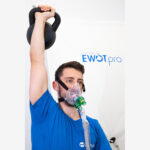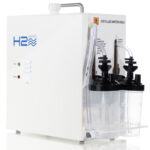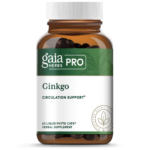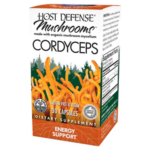
Beets are renowned for their potential health benefits, particularly in enhancing athletic performance. Here’s how beets can positively impact health and athletic endeavors:
- Nitric Oxide Production: Beets are rich in dietary nitrates, which the body converts into nitric oxide. Nitric oxide helps relax and dilate blood vessels, leading to improved blood flow and oxygen delivery to muscles during exercise. This enhanced blood flow can enhance endurance and reduce the oxygen cost of exercise, allowing athletes to perform better for longer durations.
- Improved Exercise Efficiency: Studies have shown that consuming beetroot juice or beet supplements can lead to improvements in exercise efficiency, allowing athletes to maintain a given workload while requiring less oxygen. This effect may be particularly beneficial for endurance athletes, such as runners and cyclists, by delaying fatigue and improving overall performance.
- Increased Stamina and Endurance: The nitric oxide boost from beets can enhance stamina and endurance by improving the efficiency of energy production within muscles. This may result in athletes being able to sustain higher intensities for longer periods, leading to improved performance in both aerobic and anaerobic activities.
- Enhanced Recovery: The anti-inflammatory and antioxidant properties of beets may aid in post-exercise recovery by reducing muscle soreness and inflammation. Consuming beets or beet-derived supplements post-workout can help replenish glycogen stores, reduce oxidative stress, and promote faster recovery between training sessions.
- Blood Pressure Regulation: Beet consumption has been associated with lower blood pressure due to its nitric oxide-boosting effects. While this benefit is not specific to athletic performance, maintaining healthy blood pressure levels is essential for overall cardiovascular health and optimal athletic performance.
- Improved Cognitive Function: Some research suggests that the nitric oxide produced from beet consumption may enhance cognitive function and mental performance. This can be particularly beneficial for athletes who require focus, concentration, and decision-making skills during training and competition.
Incorporating beets into your diet, either in whole form, as beet juice, or in supplement form, may offer various health benefits, including enhanced athletic performance. However, individual responses to beet consumption may vary, so it’s essential to experiment with timing, dosage, and form to determine what works best for you. As always, consult with a healthcare professional or registered dietitian before making significant changes to your diet or supplementation regimen, especially if you have underlying health conditions or concerns.




